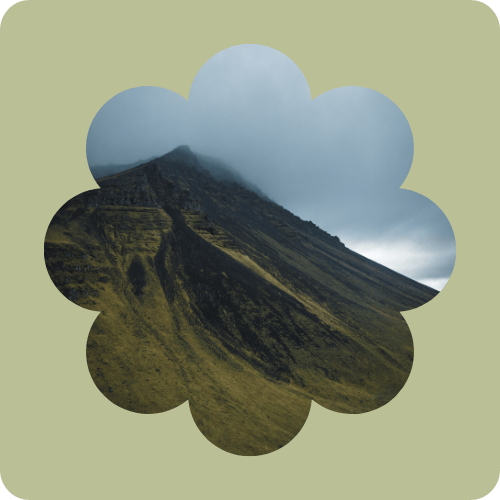Canada Nature Fund for Aquatic Species at Risk
Author
Anna Huschka
My name is Anna (she/her), and I am a white settler located on the lands of the Williams Treaty First Nations – the Alderville First Nations, Beausoleil First Nation, Chippewas of Georgina Island, Chippewas of Rama, Curve Lake First Nation, Hiawatha First Nation, and Mississaugas of Scugog Island. I do not intend to speak on behalf of any communities I am not a part of. I hope to leverage my position of privilege as a cisgender white woman to amplify the efforts and voices of those doing so much work towards climate justice in their communities across the country. I want to be a part of challenging the Euro-settler-centric and Western values that currently shape climate policies, to counteract colonial and systemic barriers, ensuring that the concerns, exposures, and knowledges of diverse communities are adequately incorporated into environmental policies and projects. As a part of the Shake Up Your Community project, I hope to help support climate work at all scales and showcase the community-based efforts that have developed out of necessity of addressing the issues of climate justice. As a biology major and politics minor, my passion for environmental politics developed from a sense of urgency and anger about the lack of action by decision-makers to adequately address the climate crisis. I aim to hold decision-makers accountable to climate commitments as well as diversify what is currently Canada’s political climate by identifying gaps in policies and projects by responding to calls for public feedback. Through the Righting History Project, particularly Practicing Rest, Recovery, Resistance: An Interactive Dreaming Journal, I hope to help youth see that their existence, and any contributions they make to the climate movement as a whole, regardless the scale, are beautiful acts of resistance to our colonial, capitalistic society.

The Canada Nature Fund supports projects that work to benefit and protect Canada’s ecosystems and species at risk within them (1). One component of the Canada Nature Fund is the Canada Nature Fund for Aquatic Species at Risk (CNFASAR), which funds projects that protect the species of at-risk freshwater and marine areas (1).
One major threat to marine ecosystems is fishing practices, with entanglement in equipment posing a threat to some organisms (2). The CNFASAR is supporting efforts to combat these threats through working with industry leaders in order to educate the public on safe and sustainable fishing practices (2). The CNFASAR is also funding projects that are working to develop safer and more sustainable technology that lessens the impact of fishing on organisms within marine ecosystems (2). Another concern is the impact of boats on marine ecosystems, specifically the “physical and acoustic disturbances” created (2). In addition to alternative technology, the CNFASAR has funded projects to support education of the public to reduce negative impacts caused by boats in marine ecosystems (2). The CNFASAR has also supported projects that are observing the aquatic species impacted by vessels in order to better implement protective policies (2).
The assessment of threats amongst freshwater areas are approached differently than marine areas. Rather than addressing each individual threat, concerns and projects regarding freshwater areas are divided based on each specific location of the concern. Overall, there are seven freshwater areas that the CNFASAR supports: the Columbia and Fraser Watersheds, the Eastern Slopes of the Rockies, the Southern Prairies, the Lower Great Lakes Watershed, the St. Lawrence Lowlands, the Southern Gulf of the St. Lawrence River, and the Bay of Fundy and Southern Uplands (2). Overall, projects are focused on increasing water quality and flow, protecting the species that inhabit these waterways, and increasing awareness on the current challenges within these waterways (2). These areas were selected based on pre-specified criteria, including the status of the species present, intensity of the threats, and timeliness of potential solutions, with the goal of producing results within 2-4 years (3).
Funding allocations from the CNFASAR are also decided based on criteria to ensure that the investment is worthwhile. Some major expectations of the projects include the ability to protect a variety of aquatic species, especially those classified as endangered or worse condition (2). Projects are also expected to involve collaboration amongst a multitude of stakeholders, with specific recommendations for Indigenous partnerships (2). Projects funded by the CNFASAR are expected to be multi-year, where they will receive yearly funding of anywhere from $100,000 to $1,000,000, depending on the financial needs of the project (2).
Ultimately, the projects funded by the CNFASAR work to protect species at risk in both marine and freshwater ecosystems in Canada from current threats, notably fishing and boating practices, via technologic innovation and public awareness.



